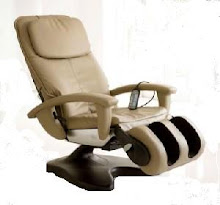Most dictionaries describe a bed as an item of furniture on which we lie down with a view to resting or going to sleep. Many go one step further and add that it has a mattress, usually made with springs or foam, and that it is rectangular and comes in single or double bed formats.
This is of course the normal description and expectation of a bed, however there are a couple of other items of furniture that also take the name, but which do not really fit the definition given above.
The first is the sun longer or garden sun bed. This is used for relaxation, but most people think of it as a way of getting a sun tan on a sunny day and not a means of going to sleep or resting. Sun loungers come in different forms, but all are used in the same way and with the same “browning the skin” objective.
The other type of bed, also concerned with the sun, is the sunbed.
Sunbeds are not really beds at all and the sole function of this type of bed is the tanning of the skin.
Quite how the sunbed got its name is open to speculation, but the fact that you lay down horizontally on it is the most probable explanation.
Moving away from any kind of bed that a person uses you do of course have the flower bed. This however is a bed of a very different nature, but the term is still extended and derived to describe the flowers that are planted in it – namely “bedding plants”. Indeed you even “bed in” the bedding plants when planting them!
Ultimately, like many terms and expressions, “bed” and its derivatives have a number of interpretations based on context and form and the bed on which we sleep is just one.

More about “proper” beds and the important mattresses that we sleep on can be found by researching on the net and in stores. The orthopedic properties, traits and features that are desirable in good beds are explained in detail for each of the different bed and mattress types.
For those more interested in flower beds, here is a picture of one.
